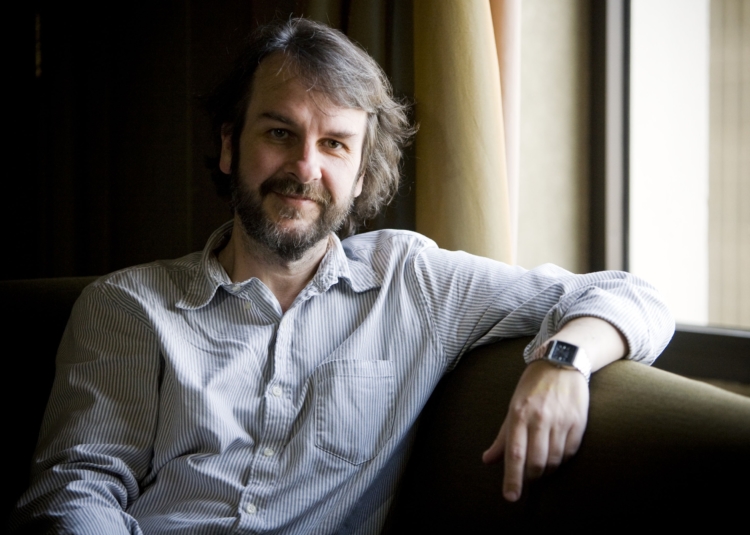Fantasy is one of those genres that works more effectively on the page than on the big screen. One cannot think of many successful fantasy films but there is one particular trilogy that ranks very high on my personal list of all-time favourite movies. J.R.R Tolkien was the genius mind behind the Lord of The Rings books but it was the acclaimed director Peter Jackson who launched the novels to visual stardom.

Peter Robert Jackson was born 31st October 1961 in Wellington, New Zealand, and like many acclaimed directors, his interest in film was sparked from an early age. In 1976 when Jackson was only fifteen years old he directed and starred in The Valley, a twenty minute short film about a group of prospectors who enter a rift in the space time continuum. Employing friends for his cast and crew, The Valley was an amateur success that won Jackson awards. From there, Jackson’s love for filmmaking and cinema only continued to flourish.
His first feature film, Bad Taste, released in 1987, was a science fiction splatter horror comedy film. A gripping story about alien invaders who come to earth to harvest human meat for their fast food franchise. The film was well received and went on to attain a cult following. Bad Taste also garnered Jackson enough fame to advance in the filmmaking industry.
Jackson’s excellent competence as a director lies in his exquisite attention to detail. His habit of shooting scenes repeatedly from as many different angles as possible may take a long time but it offers him untold freedom during the editing phase of production. This is best witnessed through the Lord of the Rings trilogy; his perfectionism for every detail big and small is what transformed the trilogy into an outstanding success, commercially and critically. Jackson crafted J.J.R Tolkien’s world so effectively it is almost as if he had traveled to Mordor and back himself.
I was very young in the year 2001 when The Fellowship of the Ring was released. Initially, admittedly, I did not like the film, chiefly because the orcs and the black riders were so terrifying. It was a long while before I actually managed to watch the film in its entirety. Yet once I did I was hooked and enjoying the ride.
You could call me a LOTR fan boy. I’ve watched the extended editions of the trilogy numerous times, with and without the commentary track and have also viewed the makings of, deleted scenes and other special features. On reflection it is hard to fault the Lord of the Rings films. They boast an excellent cast, engaging and heart-warming story with rich and varied locations that are beautifully realised on screen.
When filmmakers make sequels to their franchises, it is common for these new films to suffer from the success of the originals. Sometimes critics and fans are sorely disappointed because the successors don’t live up to expectations. Take Raiders of the Lost Ark and The Temple of Doom or Pirates and the Caribbean 1 versus 2. There is a definitive drop in the quality between sequels but this is not the case for the LOTR trilogy. The quality if anything only improves with each film as the greater intricacies of the story unfold, a phenomena that is incredibly rare within any genre. It was more than Jackson’s passion for film making or his attention to detail that made the Lord of the Rings trilogy such an overwhelming success, it was his sheer love for Tolkien’s world that brought the film to life.
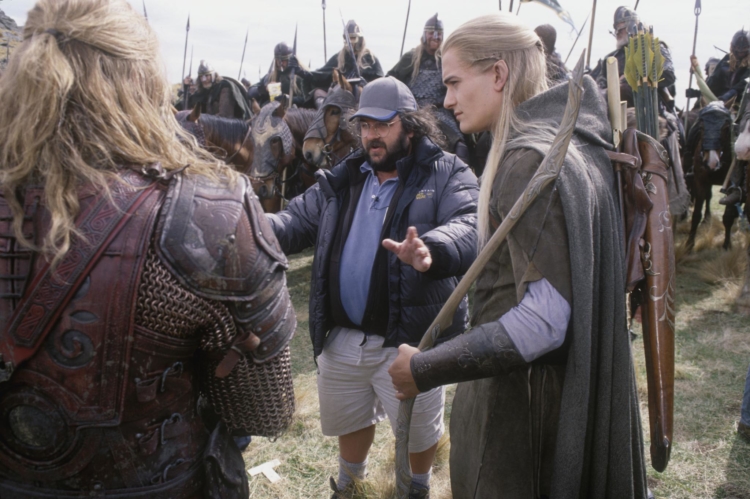
The business of adapting film from books is a tricky one. It can be easy to assume that because LOTR was not created by Jackson, that half the work with the story was already done from the very beginning. Most filmmakers struggle with the creation of the fundamental story; they either follow the source material from a book too closely and thus make a film that is too muddled and complex; or they diverge too far from the source material and make a film that is dishonest and unpopular. The former leaves the risk of the artist leaving no discernible imprint upon the work while the latter winds up in danger of becoming an entirely different story. Jackson however succeeds in achieving a proper balance between the two. Not everything in the books made it into the films; in fact a lot is left out. The sequence of events in the Old Forest where the Hobbits meet Tom Bombadil and the scouring of the shire are omitted completely. Ignoring the obvious time constraints Jackson would have faced, the inclusion of these events would have detracted from the overall plot of the film. After all sometimes less is more, and the LOTR trilogy has ‘more’ enough to go around. Of course, Jackson managed to contribute his own original flavour to the trilogy and the films are splattered with enough differences to make the films unique to the books whilst at the same time not diverging from the main story. If anyone is sitting down to watch the trilogy for the first time and expecting to see nothing more than a recreation, they can think again.
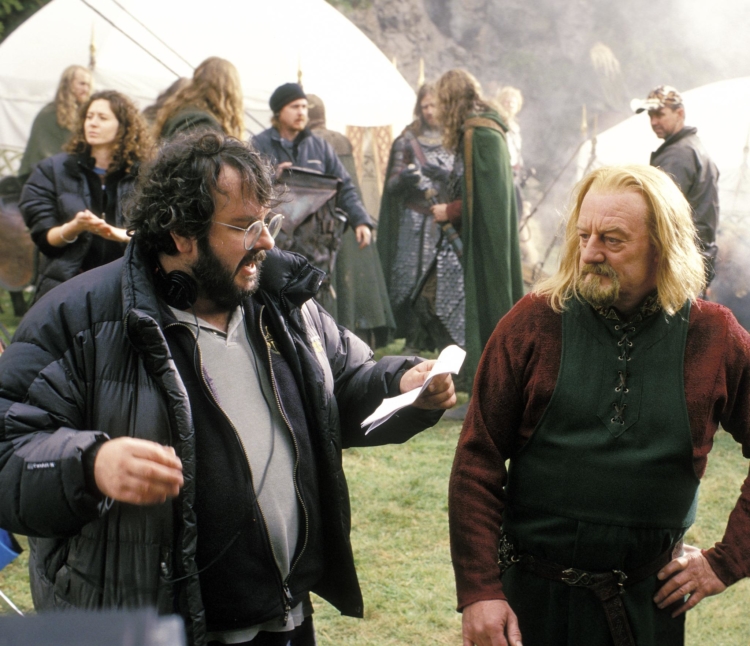
The many locations upon which the trilogy was filmed are all vibrant and evocative in their own way. The design of the Shire is perhaps one of, if not the most, noteworthy locations spanning all three movies. The Shire is picturesque and innocent, with rolling green hills, farms and homes built into mounds or under the ground. It is a utopia separated from the troubles of war and untouched by the greater concerns of the world, something hobbits are very much insistent on maintaining. Tolkien’s inspiration for the Shire was derived by the English countryside and that concept is visually strong throughout the film adaptation. What makes the shire so powerful is how well it contrasts to the darker, more grim locations that appear later in the film such as the mines of Moria, Mordor and Mt Doom. It is a prelude to the innocence that Frodo and his friends lose once they are thrust headlong into the war of the ring. While not all locations are as memorable as the shire, no one place is remotely forgettable. Once again this is another area where Jackson’s meticulous attention to detail comes into play. Whether it’s the brown grass plains or Rohan, the tower city of Minas Tirith, or the inn of the Prancing Pony, Jackson wasted no opportunity to bring the world of Tolkien to life. When we are first introduced to Saruman’s domain in Isengard, it is a peaceful place with trees and grass. The last place where any audience could consider evil to flourish, that is until you see the great iron monstrosity known as Orthanc (The Tower) sprouting from Isengard’s heart. The treachery of Saruman is further hinted at when we see the towers interior. Everything is very dark, the walls, floors and everything else about the environment is inherently bleak. Then once Saruman’s evil is confirmed, the peace of Isengard is significantly shifted. The gardens are destroyed, the trees pulled down and Isengard’s caverns are made into a factory where Saruman creates weapons and breeds his armies of Uruk-hai. Through Isengard, Jackson conveys how fast the corruption of Sauron can taint even the most idyllic locations. It is a strong allusion of the fate that could also befall the shire and the rest of the free peoples of Middle-Earth, and there’s a fairly strong nod to our own world on Earth and the impact of industrialisation. It’s not really a subtle message but that doesn’t make it any less important.
Makeup is another one of the avenues where Jackson’s attention to detail once again paid off. This is best conveyed through the appearance of the brutish and fearsome orcs. Laurence Makoare is a name not a lot of LOTR viewers might recognise, considering his face was hidden beneath layers of orc prosthetic during all the scenes he was involved in. Makoare had multiple roles in the trilogy playing numerous villains. In FotR, Makoare played Lurtz, a brutish Uruk-hai and servant of Saruman. Lurtz has one of the most terrifying faces in the trilogy. Still most interesting about his role is that Makoare had to spend four and a half hours in the makeup chair just to get ready to BE Lurtz. John Rhys-Davies renowned for his role as the dwarf Gimli, had an allergy to the prosthetic he had to wear, his face would itch and no matter how hard he wanted, he could not scratch it. Sometimes it was so bad his eyes would swell shut. Having to spend hours on end in the makeup chair over so many days is one thing but when your own makeup starts trying to kill you…I guess that does not really matter so much if you are filming a LOTR film but it shows the dedication that everyone on set had towards Jackson and the project, if nothing else. Of course Lurtz and Gimli and the legions of orcs are but the tip of the makeup iceberg. Jackson’s attention to the big and little details come through with every character making it all the easier for the audiences to lose themselves in the world of Tolkien.
Once the trilogy had finished, the years went by with no sign of a new movie in sight. It was promptly believed the franchise was done and dusted. Then, almost a decade after the release of Return of the King in 2003, Peter Jackson gifted audiences worldwide with The Hobbit: An Unexpected Journey (2012). The film was based on Tolkien’s prologue novel The Hobbit. Most fans around the world were ecstatic about this LOTR revival and I was all the happier knowing that Peter Jackson was returning to the director’s chair. I do not believe there are any other directors around who could bring an equal passion to the world of Middle Earth. Unfortunately this film encouraged a nasty Hollywood trend where films are created on so grand a scale that they have to be split into multiple parts. The Hobbit films were split into three films which is surprising considering the novel is only 300 pages long give or take. With this franchise most people were willing to make an exception. After all, three LOTR movies instead of one, what could be wrong with that? 2013 brought The Hobbit: The Desolation of Smaug and 2014 gave us The Hobbit: The Battle of the Five Armies. The overall story follows the adventures of Bilbo Baggins, as he travels with a company of Dwarves to recover a lost treasure hoard from the evil dragon Smaug.

The prequels were spectacular films in their own right. Visually, no expense was spared. The spectacle of Middle Earth was once again breath-taking, and the action exhilarating. Sadly however, they don’t quite measure so high when compared to the original trilogy. I believe this can be attributed to the fact that Jackson features numerous subplots within the story that are never even mentioned and/or alluded to in the book. Still any criticism I have for this particular detail is minutely small. For those who have read the books, it could be argued that without the many sub-plots the film would have been downright boring. I did enjoy seeing Gandalf’s sojourn to the necromancers keep Dol Guldur. Still I believe the most notable subplot in The Hobbit is the love story between the Dwarf Kili and the Mirkwood elf Tauriel (The latter being a completely original character). Legolas plays an awkward third party in this triangle. This was not a bad plot device to include perse; in fact I quite enjoyed this innovative piece of story. Yet Jackson was forced to develop a budding romance between two characters that spend the majority of their time apart. They were good but the pairing is just not as memorable as Aragorn and Arwen. In the LOTR universe the romantic themes usually take a backseat so as to make room for all the questing and war. Jackson succeeded in bringing romance to the fore whilst at the same time not detracting from the action and all the other exciting moments that make the audience love LOTR.
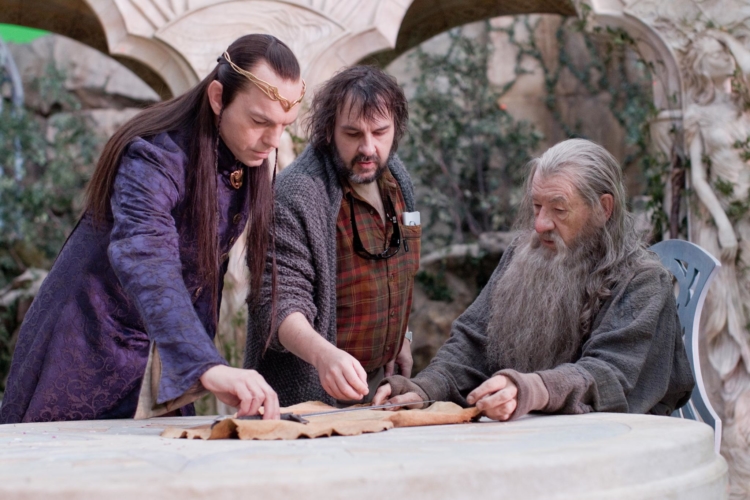
With almost a decade between the original trilogy and the prequel, advances in technology allowed Jackson to convey the world of Tolkien like never before. If Jackson had released The Hobbit first and then almost a decade later released the original trilogy then we would have two sets of completely different films. The orcs in The Hobbit appear distinctly more fearsome than ten years prior and none more so than Azog the Defiler. Portrayed by Manu Bennett, Azog is perhaps the most distinct orc spanning all six films. He is at least seven feet tall, broad, muscular and has a violent obsession with the Dwarf leader Thorin and ending his lineage for good. Azog gives new meaning to the term ‘stalker’. Of course even more incredible than Azog is the rolling fireball that is Smaug. The dragon is never fully seen on screen until the second film and with good reason. Jackson left his audiences tantalising for a glimpse and when the great dragon finally appeared in full view we discovered the wait to be well worth it. Advances in CGI make Smaug appear better than ever could have circa 2000. As Smaug’s voice, Benedict Cumberbatch manages to effortlessly display both the fearsome side of the dragon as well as the chatty side. He positively drips with disdain. Azog, Smaug and all the other fantastical creatures of middle earth have never looked better. With all things considered Jackson did an admiral job balancing the original story with all the additional information he had to contend with, some of which was pulled from Tolkien’s personal notebooks.
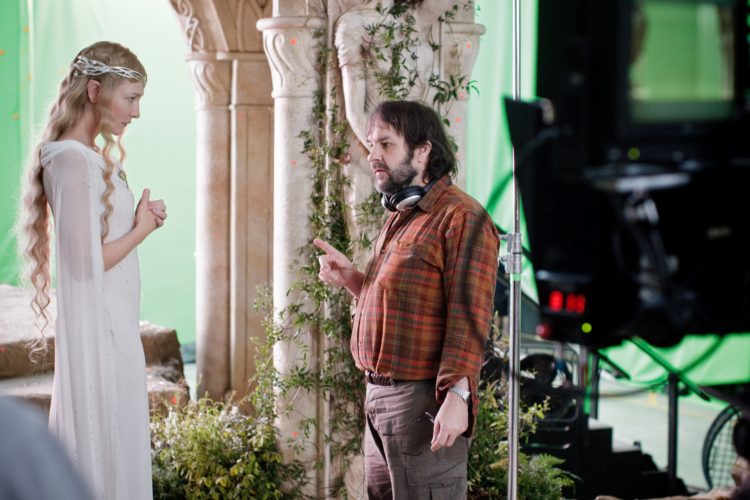
Of course LOTR is not all Jackson is known for. Another notable credit attached to his name is his King Kong remake released in 2005. King Kong is another film close to Jackson’s heart as it was the original King Kong released in 1933 that inspired Jackson to become a film director when he was young. The remake is another example of the potential of CGI technology when it is utilised to maximum effect. What actor better to take on the role of a 25ft tall mountain of gorilla CGI but a veteran actor known the world over for portraying the covetous Gollum/Smeagol. Andy Serkis is but one of the many names Jackson brought over from the LOTR trilogy crew to work on the remake, others including co-writer Phillipa Boyens and producer Fran Walsh. King Kong showed a side of Serkis never before seen while at the same time Jackson succeeded in bringing his mastery of CGI to new heights. King Kong was another one of Jackson’s films where the proof of his passion was evident in the final production. Staggeringly long, King Kong was derided from some corners for being overblown and tonally inconsistent, however upon reflection it was a truly haunting story that was more horror than adventure, something audiences and critics may not have expected.
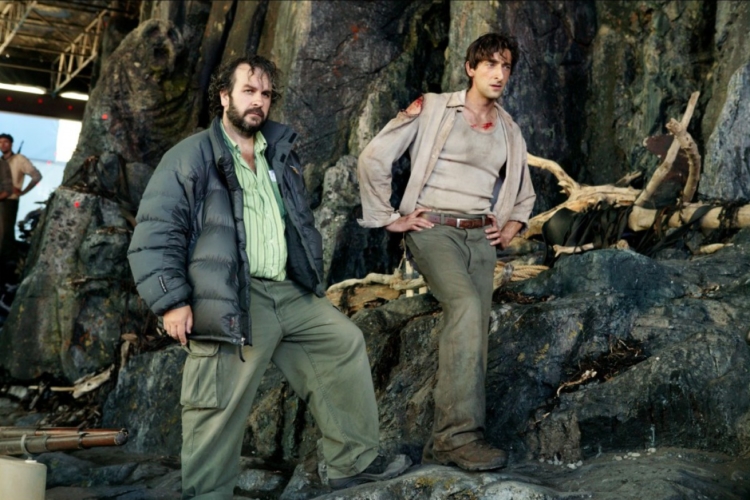
Jackson has been known to explore projects with dark themes and his 1994 film Heavenly Creatures is a strong example. The film is based on the real life events of the Parker-Hulme murder case that occurred in Christchurch New Zealand in 1954. HC has a strong leading female cast, with Kate Winslet, Melanie Lynskey and Sarah Peirse which is noteworthy considering that most of Jackson’s films, LOTR in particular, are dominated by male casts. It is the relationship between the two teenage girls Pauline Parker and Juliet Hulme, Lynskey and Winslet respectively that is the films strongest element. Their relationship is an emotional rollercoaster and they seek the solace of one another in order to not only escape reality but to create worlds of their own. The ugly side of obsession is conveyed by the two heroines with startling brute force and the result is a high reaction of audience engagement.
In 2009 Jackson released The Lovely Bones, a supernatural drama film adapted from Alice Sebold’s 2002 bestselling novel of the same name. The movie was decidedly dark, dealing with themes such as child murder and life after death. Considering the epic scale of his prior films, it could be perceived as odd that Jackson was attracted to direct such a smaller scale project. Yet it could be argued that he was enamoured with the ‘fantasy’ of the book. Jackson was praised for his directing of the film but unfortunately the dark themes of the story proved to be the films ultimate weakness. The movie does not put enough focus on the journey Susie undergoes and instead becomes a story about finding the killer. When compared to Kong and LOTR, The Lovely Bones does not quite measure up to the high standards Jackson is renowned for achieving. It has come out that Ryan Gosling was originally cast for a lead role, but he and Jackson disagreed about the direction the film should go thus paving the way for Mark Wahlberg to join the set.
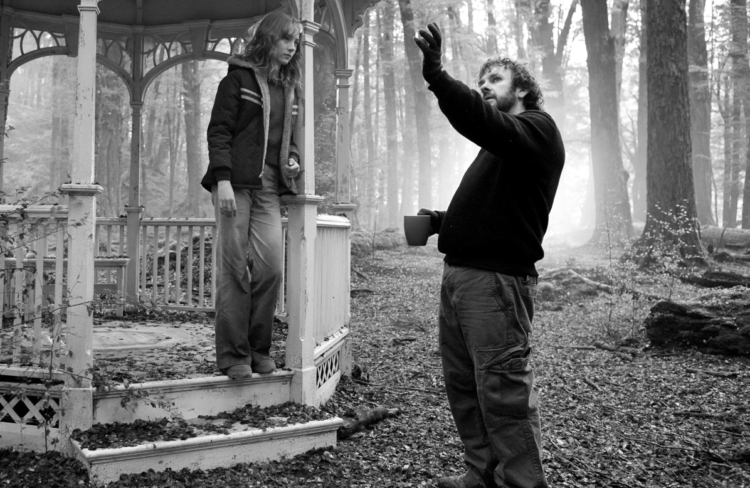
Although his list of directing credits is small Peter Jackson has proven time and again that he belongs in the upper echelon of directors. The passion he has for his projects, his attention to detail and his meticulous nature mean that every last scene is done just right and are the secret tools to his success. Almost all of Jackson’s films are adaptations and/or remakes but this is an advantage because they present opportunities for him to convey or reaffirm messages through his works. The evidence of his passion for directing plays out amazingly on the screen because of Jackson’s quest for quality and it serves audiences well because it ultimately winds up becoming a treat for our eyes.
